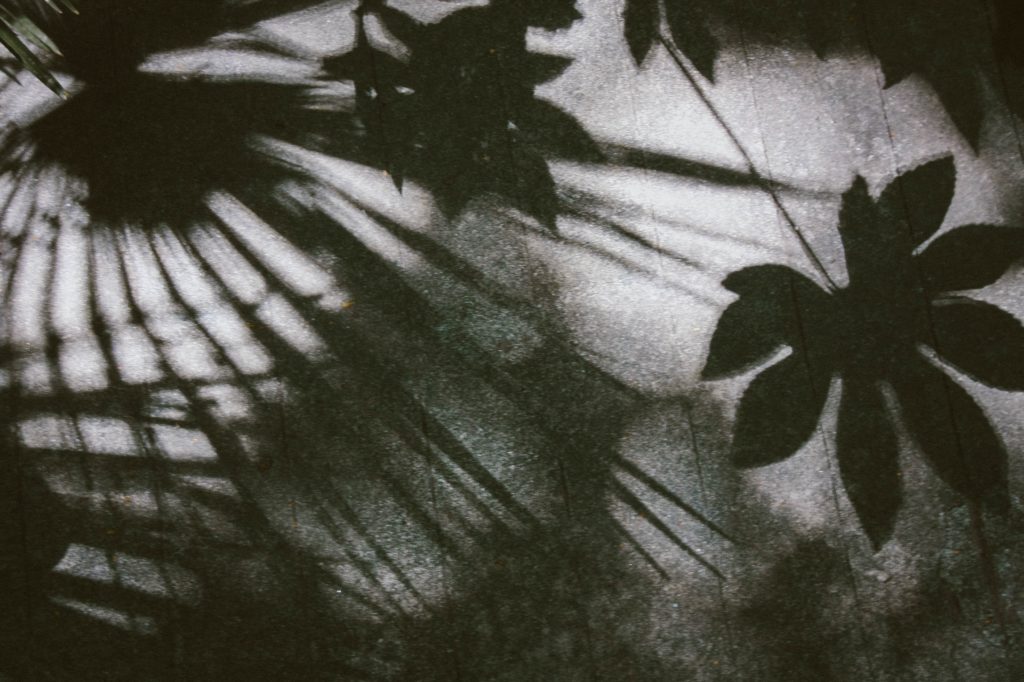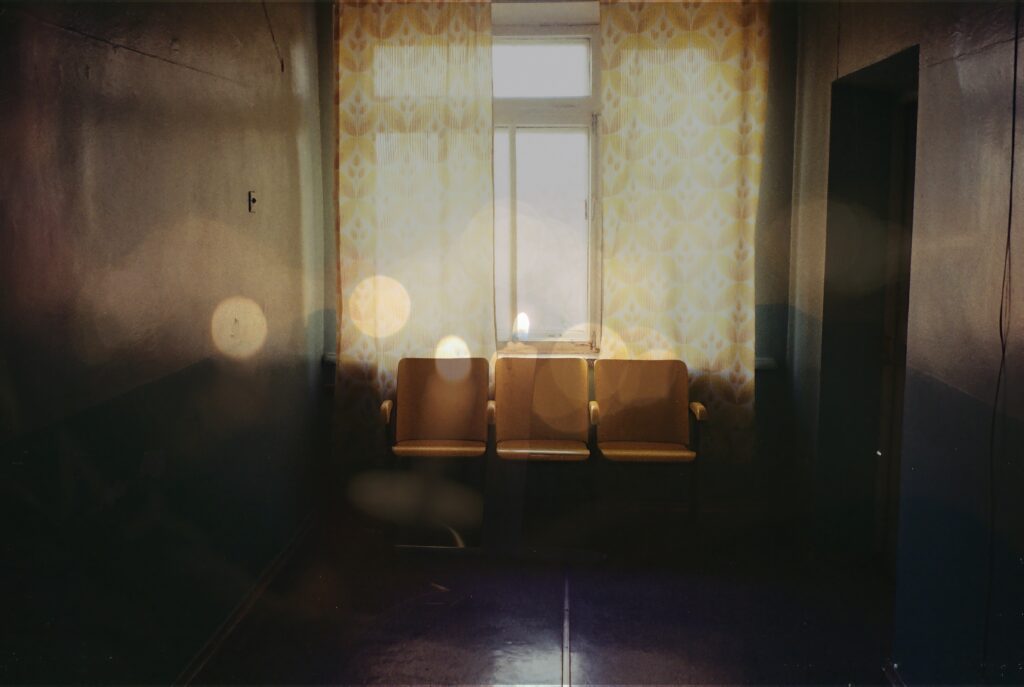“How Did This Get Made?”: Our Nonfiction Editor in Conversation with Jill Sisson Quinn

Your piece gets accepted, a Submittable icon blossoms green…then what? A journal’s flow chart of the process isn’t all that descriptive. What really changes about a piece? How much of it gets thrown away? How much gets added? To demystify the process of editing (and soliciting), I interviewed Jill Sisson Quinn after we worked together to publish her piece, “Strange Rain.”
Here’s what happened: I found her personal website and sent a message through the contact form. She sent me a draft of “Strange Rain” to consider and I asked her to cut almost four pages right away before we moved forward with paperwork. Thankfully, she agreed. We went through two more rounds of shifting paragraphs and chiseling sentences before it went to our copy editors. This is an account of how an editor finds and solicits a writer’s piece, what it’s like to work with an editor, how to take edits, and how reading and life collide to create style.

Ben McCormick: If I remember correctly, I was a first reader for this piece.
Jill Sisson Quinn: Yes.
McCormick: I have to be honest. I didn’t know if you were going to take my edits. And that’s not a you thing, it’s just the first piece I’d ever taken that wasn’t from our slush pile. How did it feel to trust an editor you didn’t know as a first reader and getting a message back that said, “hey, we would love to take this…if we can do these edits?”
Quinn: I think it’s always hard to take edits. It feels like someone is cutting off your limbs. But the thing you have to remember is the editor knows their publication and their publication’s audience, and if you don’t write for readers, who are you writing for? If you don’t take the feedback from an editor, what’s the point? Usually if I let it sit for about twenty-four hours, then the emotion subsides. And then I can look at it objectively and take the edits.
McCormick: Whether it’s me or anyone you’ve worked with in the past, what do you like about an editor’s role in your work? Where are they helpful or where do they irk you? Aside from cutting your limbs off.
Quinn: I’ve worked with some really good editors. Ben George used to be at the University of North Carolina and worked for Ecotone. He was so good at bringing to light parts that needed to be opened up more—maybe structurally, figuring out where an essay’s conclusion really was, or rearranging things at the end. Editors have taught me I sometimes get wrapped up in my own metaphors and symbolism, and those may not be important to readers who are just going to read something in a journal one time and then move on. When working with you—we talked about this—there’s a lot of science in “Strange Rain.” I know that I do a lot of research—way more than I need—and it’s sometimes hard to know just how much science is necessary, how much readers really want.
McCormick: I’m glad you brought the science up because one of the first things that drew me to your work was reading “Big Night” in Best American Essays 2016, and I remember getting this draft of “Strange Rain” and it was exploding with that research. What is your reading life’s relationship like to science? Do you read more nonfiction essays or what’s often cited in “Strange Rain”: university research from psychologists and scientists?
Quinn: Obviously I read a lot of essays in books like Best American, or essays in journals. That’s my favorite genre to read, but I do really enjoy science and peer-reviewed research. And I’m always trying—probably obsessively trying—to find answers to things. I might do some searching in a database, find some peer-reviewed research, read most of it, and then it sits for a while. Then when I get an idea for an essay, I might come back to that. I definitely do the most reading of peer-reviewed research when I’m working on an essay. But I go to that stuff all the time to try and answer my own questions about the world.
McCormick: We worked on this piece, gosh, four or five months ago now. Do you have any memories of that editorial process of things that evolved for you about “Strange Rain?”
Quinn: I remember that we worked on the beginning. I think it really has a better beginning now. I know I had multiple places where it could start, and I think you were able to really help me pick the best one. And I know that we cut out a lot of the molecular chemistry. Which I really wanted to understand! I wanted to look at how water operates within the cells, and I had to go back to a lot of high school chemistry myself, and kind of relearn the properties of water, and the way atoms combine to form molecules. I just wasn’t sure how much of that should be in the piece, so I put a lot in there, and we took a lot out.
McCormick: Do you have a favorite paragraph, or sentence, or section from this piece?
Quinn: The discussion of the strange rains, the rains that fall on different planets. I mean, it’s raining diamonds on a different planet? I double-checked that multiple times because I still find it hard to believe. I’m still not really sure what it means. Also, the strange rains that bring frogs and things like that.
McCormick: Writing the first draft of this essay, when did you know you had a piece that felt alive?
Quinn: When I started writing, I did need to find something for it to hinge on, and I think it was the idea of strange rains. And I still don’t quite understand it, but when I got to that one peer-reviewed article where they get into the way water acts inside the cell and say that it’s not just water, it’s something else, something between you and water. It was probably those two things where I thought, “yeah, I can make something out of this.”
McCormick: When I read your work, and especially this piece, I felt that this alchemy of research and engagement with science mixed with family memoir is uniquely you. Can you think of when or how you figured out your style?
Quinn: I can think of a couple things. I was a poet, but I only ever published two poems when I was coming out of undergraduate school. Then I went to get this Environmental Studies degree, so I was learning a lot of science, and I discovered Annie Dillard at the same time. Then I went to the Bread Loaf Writer’s Conference as a poet, but they were talking about this new thing called “creative nonfiction,” and that was twenty years ago! I learned a lot about it there, so I just stopped writing poetry. The first essay I ever wrote was about forest fragmentation and breaking up with a boyfriend, which sounds kind of silly, but it did get published in Fourth Genre. I think I was just like “this is it.” It’s the combination of science and poetry. I really don’t think they’re that different. These peer-reviewed articles, and the experiments they come up with. I mean, the article where Philip Ball is talking about water, the article ends with him saying something like “maybe there is magic, maybe water is magical.” Scientific discoveries are awesome, and by that I mean they’re inspiring, and we should be in awe of them. So, I just don’t see that much of a difference sometimes between science and poetry.


